In the previous tutorial, R encoder and decoder circuits were built using SN-7400 series logic gate ICs. Multiplexer and demultiplexer are also combinational circuits similar to encoder and decoder. A multiplexer is a circuit that accepts many inputs and channels digital data to just one output. The combinational circuit of a multiplexer is similar to the encoder, with the only difference being that the multiplexer has selected inputs that determine from which input the data should be channeled to the output. Just like the encoder, a multiplexer circuit can be built using AND, NOT and OR gates.
A demultiplexer works exactly opposite to a multiplexer, that is, a demultiplexer accepts only one input and channels data to many outputs. The combinational circuit of the demultiplexer is similar to the decoder, except that the demultiplexer has select inputs that determine which output line the input binary data should be piped to. Just like the decoder, the demultiplexer circuit can be built using AND gates and NOT gates.
Multiplexers are used in telephony, communication systems and computer memories. They are also used as parallel to serial data converters. Demultiplexers are used in communication systems, computer chips for connecting ALUs to registers, and in serial-to-parallel converters. In communication systems, as data communication is always bidirectional, both multiplexer and demultiplexer are used together. In these systems, the multiplexer and demultiplexer used are designed to be compatible with each other.
In this tutorial, a 4-input multiplexer and a 4-output demultiplexer are designed. The 4-input multiplexer has 4 input lines, 2 select inputs and a data input. The 4-output demultiplexer has one data input, 2 select inputs and 4 outputs.
Required components –
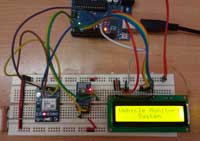
Fig. 1: List of components used to make SN-7400 series IC based multiplexer and demultiplexer
Circuit Diagram –
The multiplexer has the following circuit diagram –
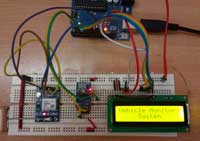
Fig. 2: Circuit diagram of 4:1 multiplexer
The demultiplexer has the following circuit diagram –
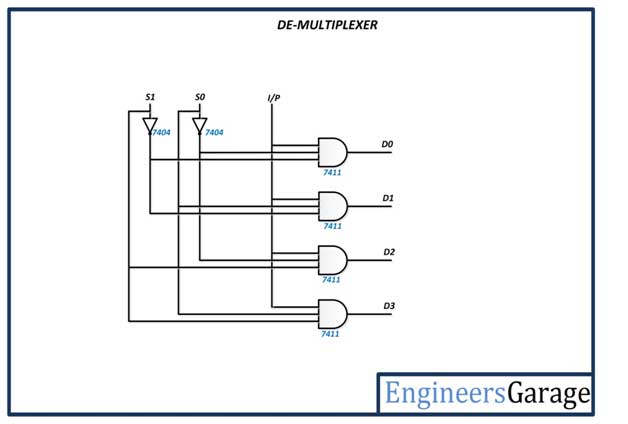
Fig. 3: 1:4 Demultiplexer Circuit Diagram
Circuit Connections –
Multiplexer and demultiplexer are also combinational circuits. Its output depends only on the current value of the inputs. Each circuit has a unique truth table from which the respective Boolean expression for each output can be derived. The minimized Boolean expression is then converted into a logic gate diagram which is built on a breadboard using 7400 series ICs.
The following logic gate ICs are used in constructing the circuits –
7411 IC – The 7411 IC is a 3-input triple AND gate IC. The IC has the following pin configuration –

Fig. 4: Table listing the pin configuration of the 7411 IC
The IC has the following pin diagram –

Fig. 5: Pin diagram of 7411 IC
The IC requires a supply voltage of 5V which can be tolerated up to 5.25V. The voltage at the AND gate inputs should be 2V for logic high and 0V for logic low. The output of the AND gates has a voltage of 3.4 V for logic high and up to 0.8 V for logic low. The IC operates on a positive logic system. The propagation delay during transit from LOW to HIGH at the output varies between 4 to 18 ns, while the propagation delay during transit from HIGH to LOW at the output varies between 3 to 18 ns.
7432 IC – The 7432 IC has 2-input quadruple OR gates. The IC has the following pin configuration –

Fig. 6: Table listing the pin configuration of the 7432 IC
The IC has the following pin diagram –
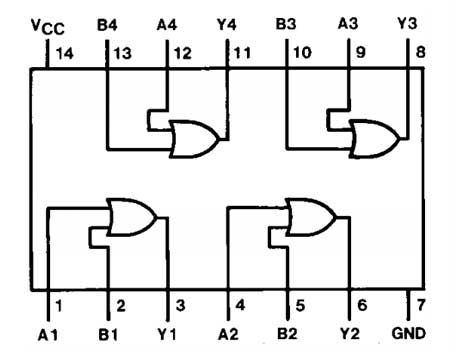
Fig. 7: Pin diagram of 7432 IC
The IC requires a supply voltage of 5V which can be tolerated up to 7V. The voltage at the inputs of the OR gates must be 2V for logic high and 0V for logic low. The output of the OR gates has a voltage of 3.4 V for logic high and 0.35 V for logic low. The IC operates on a positive logic system. The propagation delay during transit from LOW to HIGH at the output is 3 to 15 ns, while the propagation delay during transit from HIGH to LOW at the output is also 3 to 15 ns.
7404 IC – The 7404 IC has six inverter ports. The IC has the following pin configuration –

Fig. 8: Table listing the pin configuration of the 7404 IC
The IC has the following pin diagram –
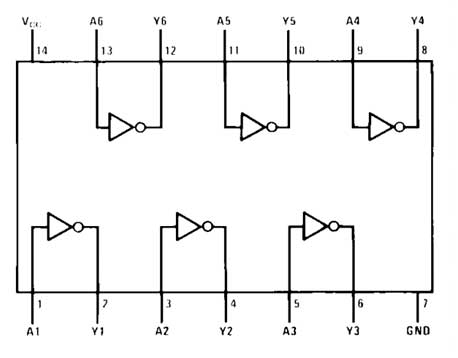
Fig. 9: Pin diagram of 7404 IC
The IC requires a supply voltage of 5V which can be tolerated up to 7V. The voltage at the inputs of the NOT gates must be 2 V for logic high and 0.8 V for logic low. The output of the NOT gates has a voltage of 3.4 V for logic high and 0.2 V for logic low. The IC operates on a positive logic system. The propagation delay during transit from LOW to HIGH at the output is 22 ns, while the propagation delay during transit from HIGH to LOW at the output is 15 ns.
It should be noted that the selected ICs have compatible input, output and power voltage levels as they are taken from a common family (74XX series) of digital ICs.
How the circuit works –
To build the multiplexer and demultiplexer circuit, first of all, its truth table must be known. From the truth table, Boolean expressions for each line of output can be derived. Boolean expression relates the output variables with the input variables by the respective Boolean equation. The derived Boolean equations can be realized by interconnecting logic gates accordingly. The multiplexer and demultiplexer circuits are constructed as follows –
Multiplexer – Multiplexer means transmitting a large number of units of information over a smaller number of channels or lines. A digital multiplexer is a combinational circuit that selects binary information from one of many input lines and directs it to a single output line. The selection of a specific input line is controlled by a set of selection lines. Typically there are 2 n input lines and n number of selection lines whose bit combination determines which input should be selected. A 4-input multiplexer is designed here, with 4 inputs, 2 select inputs and one line output. There is the following truth table –

Fig. 10: 4:1 Multiplexer Truth Table
The multiplexer has the following function table –

Fig. 11: 4:1 multiplexer function table
From the truth table, the multiplexer can be constructed using AND gates, NOT gates and OR gates. Since there are two select pins and data from each input is routed through an AND gate, 3-input AND gates are required for the circuit. Here, to build the multiplexer circuit, 7404 IC for NOT gate, 7411 IC for AND gate and 7432 IC for OR gate are used.
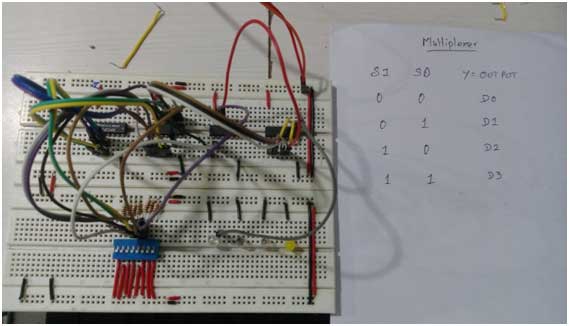
Figure 12: 4:1 Multiplexer Prototype
Multiplexers are used in diverse applications where data from many input channels needs to be transmitted on a single line. Multiplexers are used in the following electronic applications –
Communication systems – Communication system is a set of systems that allows communication between two points or locations such as transmission system, relay and tributary station and communication networks. The efficiency of the communication system can be increased considerably by using the multiplexer. The multiplexer allows the process of transmitting different types of data such as audio and video at the same time using a single transmission line.
Telephone network – In telephone networks, multiple audio signals are integrated into a single line for transmission with the help of multiplexers. In this way, multiple audio signals can be isolated and eventually the desired audio signals reach the intended recipient.
Computer Memories – Multiplexers are used to implement a large amount of memory in computer systems by reducing the number of copper lines required to connect the memory to other parts of the computer circuit at the same time.
Transmission from a satellite's computer system – The multiplexer can be used for transmitting data signals from the computer system of a satellite or spacecraft to the earth system using GPS (Global Positioning System) satellites.
Demultiplexer – The function of a Demultiplexer is opposite to the function of a multiplexer. It takes information from one line and distributes it to a given number of output lines. For this reason, the demultiplexer is also known as a data distributor. A decoder can also be used as a demultiplexer.
In the 1:4 demultiplexer circuit, the data input line goes to all AND gates. Data selection lines activate only one port at a time, and data on the data input line passes through the selected port to the associated data output line. The 1:4 demultiplexer has the following truth table –

Fig. 13: 1:4 Demultiplexer Truth Table
The demultiplexer has the following function table –

Fig. 14: 1:4 demultiplexer function table
From the truth table, the demultiplexer can be constructed using AND gates and NOT gates. Since there are two select pins and one data input, 3-input AND gates are required for the circuit. Here, to build the demultiplexer circuit, 7404 IC for NOT gate and 7411 IC for AND gate are used.

Fig. 15: 1:4 Demultiplexer Prototype
Demultiplexer is used to connect a single source to multiple destinations. The main application of the demultiplexer is in communication systems where the multiplexer is also used at the transmission end. Most communication systems are bidirectional, that is, they send and receive data in both directions (transmitting and receiving signals). Hence, for most applications, the multiplexer and demultiplexer work synchronously. Demultiplexers are also used for reconstruction of parallel data and ALU circuits. Demultiplexers have the following applications –
Communication Systems – Communication systems use multiplexer to transport various data like audio, video and other forms of data using a single line for transmission. This process facilitates transmission. The demultiplexer receives the output signals from the multiplexer and converts them back to the original data form at the receiving end. The multiplexer and demultiplexer work together to carry out the process of transmitting and receiving data in a communication system.
ALU (Arithmetic Logic Unit) – In an ALU circuit, the output of ALU can be stored in various registers or storage units with the help of demultiplexer. The output of the ALU is fed as data input to the demultiplexer. Each output of the demultiplexer is connected to several registers where data can be stored in them.
Serial to Parallel Converter – A serial to parallel converter is used to reconstruct parallel data from the input serial data stream. In this technique, serial data from the input serial data stream is provided as input data to the demultiplexer at regular intervals. A counter is connected to the demultiplexer control input. This counter directs the data signal to the output of the demultiplexer where these data signals are stored. When all data signals have been stored, the demultiplexer output can be retrieved and read in parallel.
Testing the circuits –
The above designed circuits can be tested by supplying supply voltage to the ICs by a battery through 7805 voltage regulator. The same voltage can be reduced to 2V level using a variable resistor for logic HI while supplying logic LOW through ground . The output signals can be checked by connecting LEDs to the output pins of each combinational circuit. Circuits can be verified by checking the truth tables for each circuit.
In the next tutorial, learn about sequential logic circuits.
Circuit diagrams
| 1-4 Line Demultiplexer Circuit Diagram |  |
| 4-1 Line Multiplexer Circuit Diagram |  |

